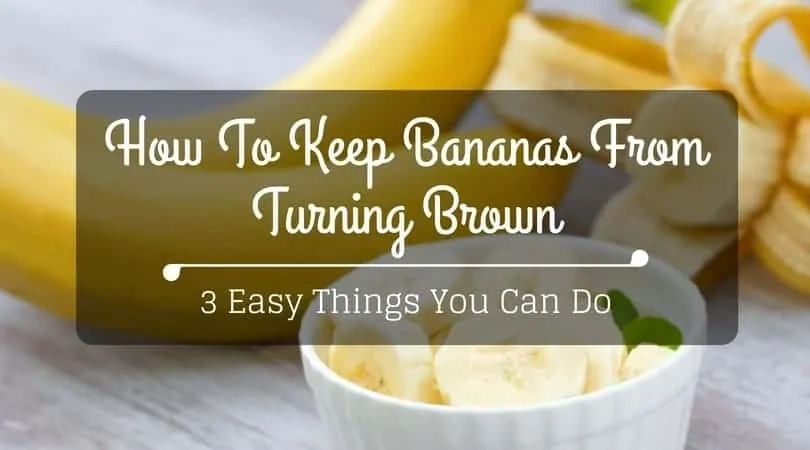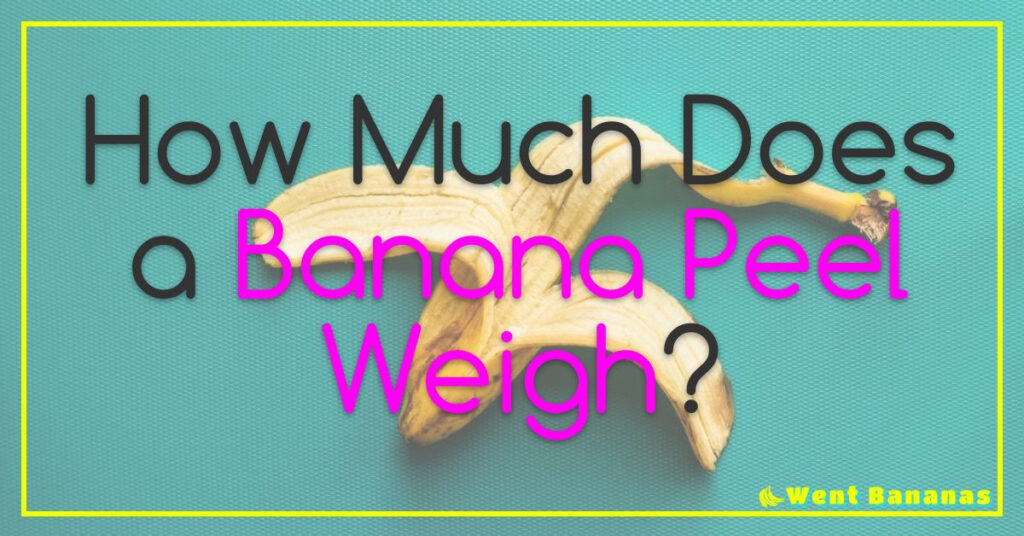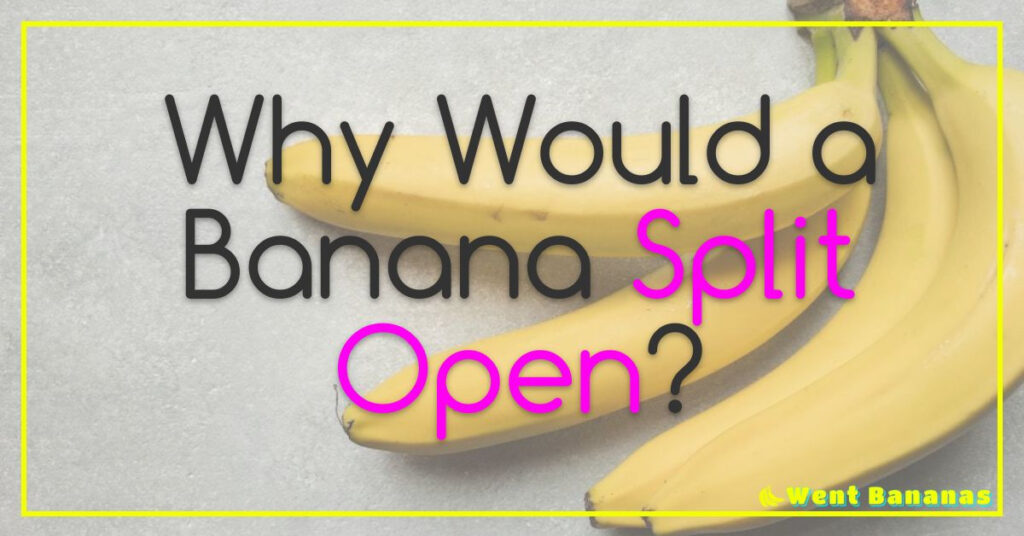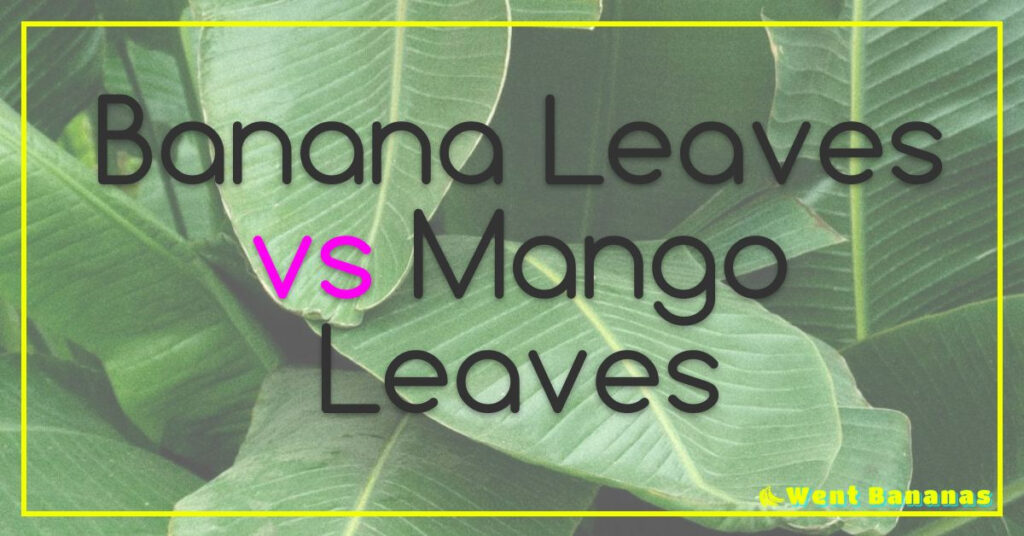Say Goodbye to Brown Bananas: Expert Tips to Keep Your Bananas Fresh and Delicious
Bananas are a beloved fruit, but once they start turning brown, they can quickly lose their appeal. If you`re someone who loves bananas but always finds them turning brown before you can finish them, then this article is for you.

In this article, we`ll explore the science behind why bananas turn brown, the effects of bananas turning brown, and most importantly, how to prevent them from doing so. From proper storage techniques to creative ways to use overripe bananas, we`ll cover everything you need to know to keep your bananas fresh and delicious.
So, if you`re tired of throwing away brown bananas and wasting money, keep reading to learn how to keep your bananas fresh and delicious for as long as possible.
Why do bananas turn brown?

Have you ever wondered why bananas turn brown? It’s a common question for those who are curious about the science behind fruit ripening.
Firstly, it’s important to understand that bananas are living organisms. They have enzymes and chemicals that react with the air and other factors in their environment. When a banana is exposed to oxygen, it causes a chemical reaction called oxidation. This reaction causes the banana’s skin to turn brown.
But why does this happen? The answer lies in the banana’s unique composition. Bananas contain high levels of starch which is converted into sugar as they ripen. As this conversion happens, enzymes within the fruit break down the chlorophyll pigments that give it its green color.
Once these pigments break down, they can no longer protect against oxidation which leads to browning of the skin. This process also releases ethylene gas which speeds up ripening and encourages further breakdown of pigments.
Interestingly enough, there are ways to slow down or even prevent banana browning such as storing them in a cool environment or using lemon juice as an antioxidant.
In short, bananas turn brown due to chemical reactions involving enzymes and oxygen in their environment but understanding this process can help us preserve our beloved fruit for longer periods of time!
The effect of bananas turning brown.
Bananas are a popular fruit enjoyed by many, but what happens when they start turning brown? The effects of bananas turning brown can be both physical and chemical, as the fruit undergoes various changes.
One physical effect of bananas turning brown is that the texture becomes softer and mushier. This is due to enzymes breaking down the fruit’s cell walls, causing it to lose its firmness. However, this does not necessarily mean that the banana is no longer edible. In fact, some people prefer their bananas when they are slightly soft and ripe.
Chemically speaking, when bananas turn brown it indicates that there has been a breakdown in chlorophyll pigments in the peel. This results in a decrease in green coloration and an increase in yellow/brown pigmentation. Additionally, as bananas ripen and turn brown, their sugar content increases which make them sweeter than unripe ones.
It’s worth noting that even though a banana may appear unappealing due to its browning peel or soft texture doesn’t necessarily indicate it should be thrown away immediately. Instead of wasting food consider using overripe banana for banana bread or smoothies! With these creative uses of ripe bananas you can help reduce food waste while still enjoying this delicious fruit!
Ways to prevent bananas from turning brown.

Bananas are a delicious and nutritious fruit, but the browning of their skin can be unappetizing. Luckily, there are several ways to prevent bananas from turning brown and maintain their freshness for longer.
One effective method is to wrap the stems of the bananas with cling film or aluminum foil. This prevents air from reaching the fruit, which slows down the ripening process and prevents browning.
Another tip is to store bananas away from other fruits that produce ethylene gas, such as apples and pears. Ethylene gas accelerates the ripening process of fruits, causing them to turn brown faster.
Additionally, placing bananas in a cool environment can also slow down their ripening process. The ideal temperature for storing bananas is between 53-59 degrees Fahrenheit.
Lastly, dipping banana slices in lemon juice or vinegar before consuming can also prevent browning. These acidic substances help reduce oxidation on the surface of the fruit and delay discoloration.
By following these simple tips, people looking to maintain fresh-looking bananas for longer periods can enjoy this delicious fruit without worrying about unsightly browning on its skin.

How can I store bananas to prevent browning?
« if banana is apple apple is grapes
The Ultimate Guide to Knowing When Your Banana Bread is Done: Tips and Tricks for Perfect Baking! »
Bananas are a delicious fruit that many people enjoy, but they can quickly turn brown and unappetizing if not stored properly. To prevent browning, it is important to understand the science behind the process.
When bananas are cut or bruised, an enzyme called polyphenol oxidase is released. This enzyme reacts with oxygen in the air and causes the banana to turn brown. To prevent this reaction from occurring, there are several methods of storage that can be employed.
Firstly, bananas should be kept at room temperature until they are fully ripe. Once ripe, they can be stored in the refrigerator to slow down the ripening process and extend their shelf life. However, refrigeration can also cause browning if not done properly.
To avoid this issue, wrap each banana individually in plastic wrap or aluminum foil before placing them in the refrigerator. This will create a barrier between the fruit and oxygen while still allowing them to ripen slowly.
Another option for preventing browning is to use lemon juice or vinegar as a natural preservative. Simply mix either substance with water and dip sliced bananas into it before storing them in an airtight container.
Lastly, consider freezing your bananas for future use in smoothies or baking recipes. Peel and slice your bananas before placing them into freezer-safe bags or containers for up to 6 months.
In conclusion, understanding how polyphenol oxidase works is key to preventing browned bananas. Employing proper storage techniques such as wrapping individually with plastic wrap or using lemon juice/vinegar will keep your bananas fresh longer!
Tips for using brown or overripe bananas.
When it comes to bananas, there’s more to them than just the bright yellow fruit we all know and love. In fact, brown or overripe bananas can be just as delicious and versatile in cooking and baking.
But how do you know when a banana is too ripe? Look for the telltale signs of brown spots or a soft texture. Don’t worry though, these bananas are still perfectly safe to eat!

One tip for using brown bananas is to freeze them for later use in smoothies or baking. Simply peel and chop the banana into pieces before freezing. Another option is to mash them up and use as a natural sweetener in recipes like pancakes or muffins.
But perhaps the most surprising use for overripe bananas is their ability to make a delicious vegan ice cream alternative. Simply blend frozen banana chunks with your favorite toppings like cocoa powder or peanut butter for a guilt-free treat.
So next time you see those spotted bananas sitting on your counter, don’t toss them out! Get creative with these tips and enjoy all that this humble fruit has to offer.
Check out our other articles to find out even more about banana.
Knowing the causes of why bananas turn brown, as well as different methods for preventing them from turning brown, can allow you to enjoy your bananas longer than usual. Additionally, learning how to store and use overripe or gwn bananas can also be useful in maximizing their flavor. If you would like to learn even more about this popular fruit, make sure to check out our other articles!










